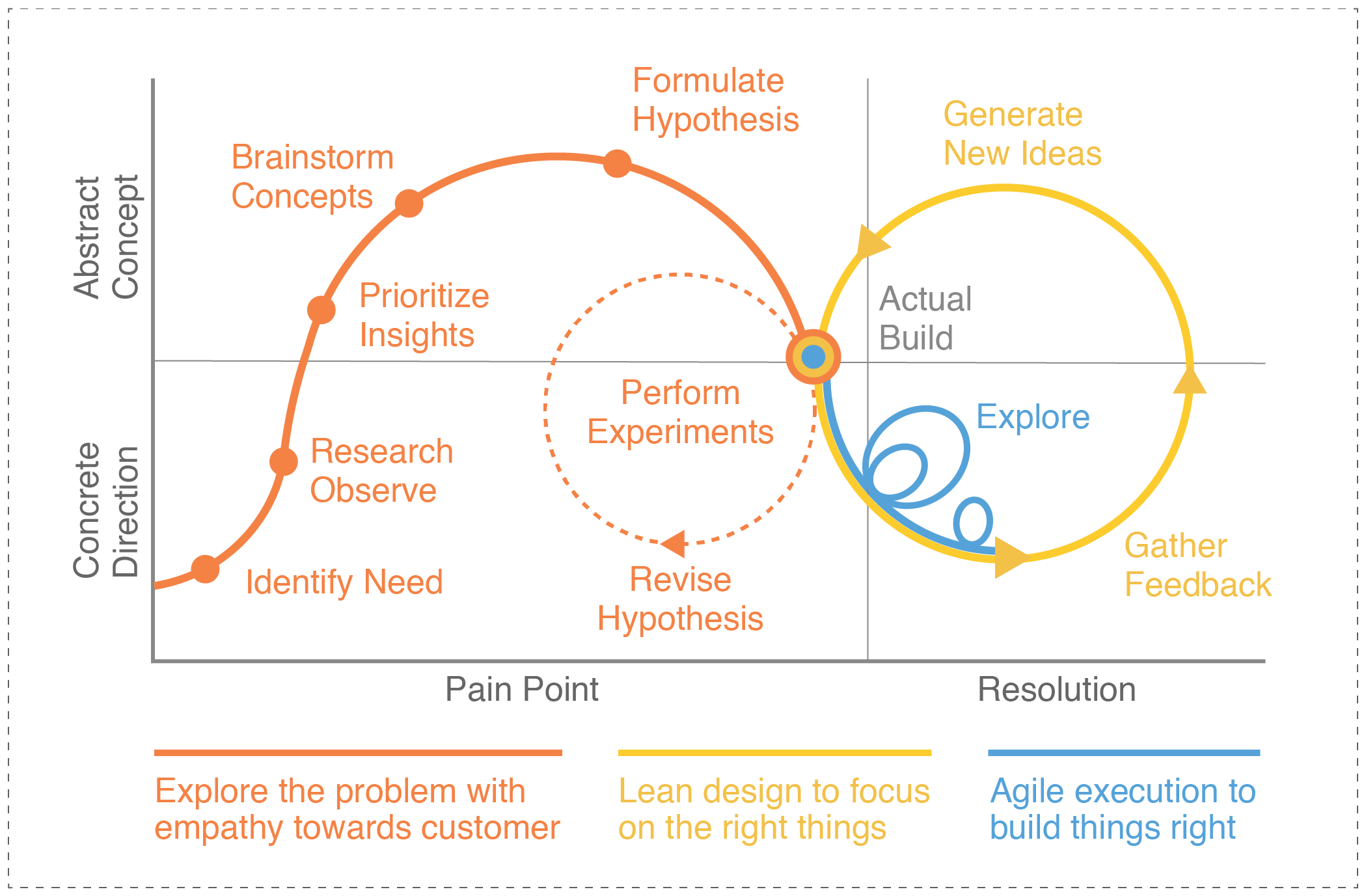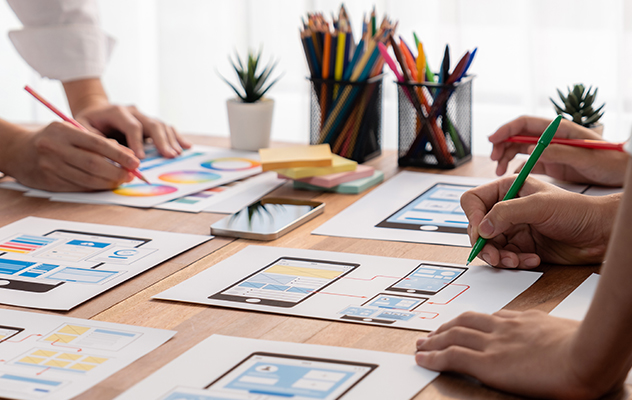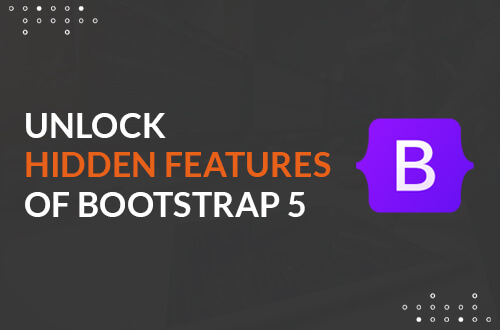
Have you ever had one of those unforgettable travel experiences that you just couldn’t help but talk about upon your return? Glad I’m not the only one; however, today I would like to share a particular experience with you, one that may not be what you’d expect. I say that because my excitement wasn’t caused by the country we travelled to, the city we explored, or the attractions we visited. Rather, it was the hotel my family and I stayed at that left such a lasting impression and quickly became an attraction in and of itself. Perhaps I should explain.
Over the years I have stayed at many hotels; however, this particular experience quickly became unique from the moment I completed the reservation. Like most people nowadays, I make my travel arrangements online, and while receiving a confirmation email is nothing new, in this instance, I also received a link to download the hotels’ app; an action which entitled us to a discount. Never one to pass up a deal, I downloaded the app, received my discount, and patiently awaited my departure – but things got interesting way before that.
A week prior to my departure, the app sent me a series of photos of local attractions that I scrolled through and either liked or disliked. After just a few short moments, it started suggesting personalized activities that my family and I might enjoy, even giving us the option to purchase tickets. The following day I was sent a list of popular restaurants located near the hotel and was given the opportunity to easily make reservations. The day after that, I received a long-range weather forecast for our destination, one that included the weather the day of our arrival and continued for the duration of our trip. It even suggested that we packed sunscreen and may want to consider bringing something warm as the temperature was expected to drop in the evenings. Finally, the day before my departure I received another alert that included a suggested packing checklist to help ensure that nothing was forgotten. Thinking to myself that this was already a distinct travel experience, I was nowhere prepared for what happened upon my arrival at the hotel.
The moment my family and I stepped through the front entrance, we were greeted by a welcome notification on my smartphone. In a highly intuitive fashion, the hotel app guided us through the check-in process; one that we could easily complete ourselves. How easy? Well, let me put it this way; instead of a concierge guiding us to our room, my daughter took us there by interacting with a virtual assistant (in the form of a teddy bear no less) that walked along the walls of the hotel corridors. We didn’t even need a key to unlock our room. Imagine arriving, checking in, and walking into your hotel room all without having to speak with hotel staff.
It wasn’t the check-in experience alone that captivated us, rather, the experience continued on to our room itself. It allowed us to personalize our surroundings via the app, including the art on the walls, the temperature of the room, and even the curtains. We could request toiletries, order room service, control the television, and arrange for a wakeup call, all from my smartphone. It gave us the wonderful feeling that whoever designed the hotel had us in mind. The experience left my family and I feeling empowered as if we were in complete control of what, when, and how we wanted things to be. And that wonderful feeling is just one of the many benefits that come along when your process is driven by Design Thinking and Innovation.
Design Thinking: What is it?
The definition of design thinking, simply put, is an iterative approach to problem-solving, one that intentionally takes into account and utilizes different perspectives, knowledge, experiences, and skills to create practical solutions and drive innovation. While this may sound like a rather haphazard design thinking approach, in reality, it is very process-driven and like any process, involves a sequence of steps to be carried out in order to achieve a goal:

1. Empathize.
We understand the people who we are designing for, We are solving problems for them not for us – so we avoid assumptions, We conduct interviews, observe, and listen in context, We map the end to end journey.
2. DEFINE.
We transform our empathy findings into INSIGHTS to define the need, We stay away from an “everything to everybody” mindset, We then come up with Problem Statement – Point of View (POV), We turn problem into opportunity by How-Might-We questions (HMW).
3. IDEATE.
We brainstorm a range of crazy and creative ideas along and in teams, We learn from each others ideas and go beyond obvious solutions, We transform abstract ideas into concrete solutions, We storyboard each concrete idea into homogenous and lucid stories.
4. PROTOTYPE.
We create prototypes to test number of ideas quickly, We test rapidly rather than deciding on the direction too early, We enable audience to imagine what their experience would be like, If fail, we fail quickly and cheaply, and lean from people’s reaction.
5. TEST.
We use prototyping to test and validate our understanding of the problem, We prototype as if we know we are right and test as if we know we are wrong, We only show and do not tell, letting users explain to get the feedback, We revisit assumptions based on raw feedback from users, and.
6. ITERATION.
At its core, this human-centred approach to innovation looks to align the needs of the people (Desirability), the possibilities and potential of technology (Feasibility), and finally, the requirements for business success (Viability). Aside from the innovative and disruptive products and services that can be created via a design thinking methodology or framework, what is truly beautiful about the process is that it is not limited to any specific industry or area of expertise.
Design Thinking in Hospitality: Intercontinental Hotels, USA
Travel for business is almost as old as business itself; however, ask anyone who has done so and they will likely tell you that working out of an often cramped hotel room is less than ideal. So how would a hotel go about providing a better working environment for those travelling for work while not alienating those that are travelling for pleasure? This is exactly the problem faced by Intercontinental Hotels Group, however, before they could solve it, they first needed to understand the needs of their guests.
Younger workers are tech-savvy, independent, entrepreneurial, and most of all, demanding. And as a result of research, sensory data, surveys, and interviews with potential customers, it was found that what the hotel chain lacked was informal, flexible experiences; energizing and uplifting spaces; peer-style customer service; personalized choices; and intuitive and integrated technology to control it all.
The result was Ignition, a new meeting and working experience located in the lobby of Crowne Plaza hotels. Some of the more notable amenities include workspaces ranging from single person pods to a 10-person “apartment” that can be booked by the hour, food and beverage on demand – that even come on a specialized design square plate to fit perfectly next to a laptop – and a brand new “Host” role within the organization to help business travellers in a variety of capacities, including delivering food, sourcing restaurants for meetings, and more. Ignition was designed to keep travellers in a state of heightened productivity, all part of the brands promise of “Making Business Travel Work.”
Design Thinking in Banking: Commonwealth Bank of Australia, Australia
Taking a simplistic view, one could say that a banks’ customers fall into one of two categories; business and personal. So how would a bank go about creating richer, more exciting experiences between those two, more specifically, the merchant and the customer? Easy – you find the place where these two meet.
Commonwealth Bank of Australia wanted to help customers and businesses build stronger connections and they believed that the best way to do that would be an innovative and different form of payment. After conducting research in Australia, Germany, and the UK, they learned a number of things that would impact their design moving forward. First, they saw that the ideal platform should support the full spectrum of human behaviour around payment. Second, the platform should add value by bettering relationships between banks, merchants, and customers. Lastly, they learned that the payment experience should be customizable, working one way in a luxury retailer and another in a gas station. The results were Pi, a new retail business platform, and Albert, a portable payment device.
Pi can easily be implemented by larger merchants into their existing network, while smaller merchants can grow their business using some of the powerful tools provided. Albert offers a large and intuitive touchscreen that not only can handle current card methods of payment but can also adapt to future methods, even eliminating the need to swivel a screen from cashier to customer.
Design Thinking in Telecom: ETB, Colombia
How does a 130-year-old telecom stay relevant in the 21st century, all without alienating its loyal customers but still appealing to the new, tech-savvy generation? Simple, they practiced design thinking in business.
ETB, Colombia’s oldest telecom, decided to leverage their already highly recognizable brand and created a blueprint for a complete overhaul of their retail spaces, one that would appeal to a new generation without neglecting their current customer base. However, in order to do that, they needed to transform and design their public spaces (stores) and give them a more personal feel. This included new warm and bright retail outlets, self-service kiosks that eliminated waiting in line, as well as a facelift of the brand with a new colour palette and brand guide.
The result was a complete and scalable blueprint for the next generation of stores, services, and roles within the organization.
Design Thinking in Retail: Burberry, England
How does one of the most iconic fashion labels in existence increase an abysmal growth of 2% per year? A difficult question, until you apply the design thinking process, at which point it becomes quite clear – you need to connect with the new generation (Millennials) of consumers, and do so in a way that appeals to them. That is the “what,” but now comes the “how.”
In order to grow revenue, the company understood it needed to connect with the “digital demographic,” one that reaches for their phone any time a want or need arises. Innovating off the brands’ core heritage, they crafted a marketing strategy that connected the values of a younger customer base, that was “cool and innovative,” and one that would convince a new generation to become loyal customers. As such, the label created personalized campaigns, invested in their social media presence, and was the first of any luxury brand to reach 1 million followers on Facebook.
The result was an increase in revenue to $3 billion annually and a transformation into one of the most digitally innovative fashion brands in the market today. All of this came from simply empathizing with their end users and taking a human-centred approach to their marketing efforts to directly relate and reach their desired demographic; digitally – which is exactly where they’d be.
Design Thinking, Agile, and Lean: Complementary or Conflicting?
All too often we see organizations blindly following frameworks and methodologies because they have a problem they can’t solve. And most often, in doing so, they will negate themselves from other viable solutions, simply because they are adhering to a single approach. It is here that the problem lays.
The idea of a particular right way of doing things is slowly being disregarded as more and more people realize that there is nothing to be gained from dogmatic adherence to any one method. So instead of asking lean or agile or design thinking, it needs to be understood that these processes aren’t mutually exclusive, and perhaps a better statement would be agile and lean and design thinking. A recent presentation by Nordstrom Innovation Lab very neatly combines the core principles of Design Thinking, Lean Startup, and Agile Execution into a unified strategy.

The lean mindset is what drives business to continuously learn through experimentation until they discover the right answers. It helps dictate what to build, all while improving the work that delivers the greatest value. Agile, on the other hand, is all about achieving the best outcome through technology. It is about how IT and development teams can continuously deliver value, adapt to changing needs, and produce the highest quality of work. Lastly, design thinking helps to tie it all together by understanding limitations, recognizing and capitalizing on the opportunity, and exploring all the possibilities from a human-centred point of view. When applied in unison, these methodologies can help any team create solutions that deliver the desired outcomes; as long as iteration is continuous.



